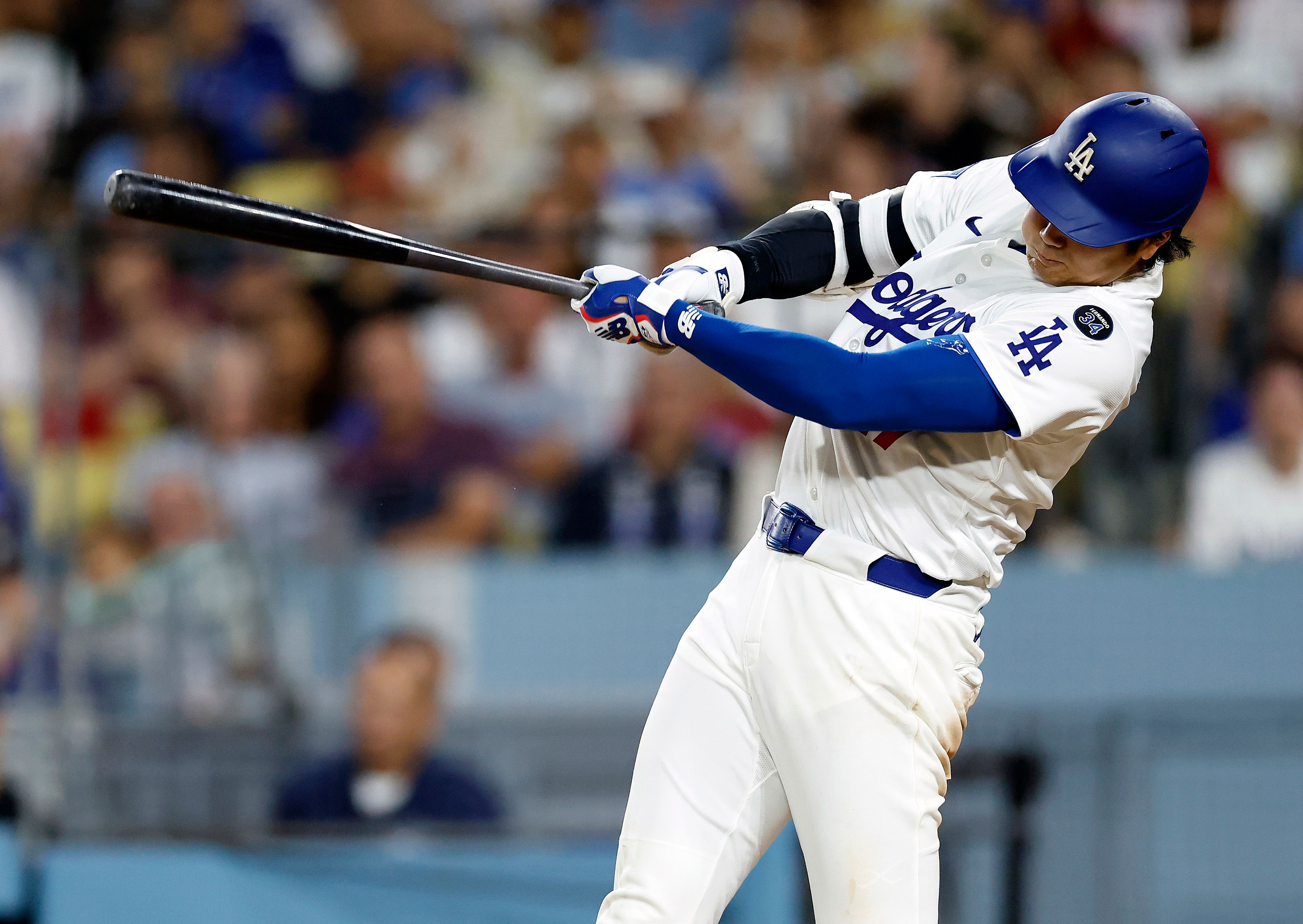Major League Baseball just changed the game forever. The league announced today it's deploying robot umpires for the 2026 season, using a challenge-based system powered by 12 Hawk-Eye cameras and AI. After years of testing in minor leagues and spring training, players can now challenge questionable strike calls with technology that decides in 15 seconds.
Major League Baseball just pulled the trigger on the most controversial tech upgrade in sports history. The league announced today it's bringing robot umpires to home plate starting in 2026, ending over a century of human-only ball and strike calls. The Automated Ball-Strike System (ABS) uses the same Hawk-Eye technology that's already revolutionizing tennis and football, but this time it's tackling baseball's most heated debates. The announcement comes after extensive testing revealed teams challenged just over four pitches per game, with a near-50% success rate that suggests human umps are getting it wrong about half the time on contested calls. T-Mobile is powering the system through a private 5G network that connects 12 strategically placed cameras around each ballpark. The tech can track every pitch in real-time and determine whether it crosses the strike zone within 15 seconds of a challenge. What makes this different from full automation is that it's player-driven. Only pitchers, catchers, and batters can request reviews, and each team gets just two challenges per game. "The strong preference from players for the Challenge format over using the technology to call every pitch was a key factor in determining the system we are announcing today," commissioner Rob Manfred told reporters, according to MLB's official announcement. The tech isn't just about accuracy - it's about fairness. The strike zone varies for each player based on height and batting stance, and MLB says it will "certify each player's official height" to ensure the system adapts correctly. Spring training data shows catchers had the highest success rate challenging calls at 56%, compared to 50% for hitters and just 41% for pitchers. Defense teams overall performed better than offense, with a 54% vs 50% overturn rate. The same Hawk-Eye system has been transforming tennis for years and recently expanded into NFL down measurements. But baseball presents unique challenges with its three-dimensional strike zone that changes for every batter. The computer vision technology must account for varying player heights, stances, and real-time positioning. Industry insiders say this represents a middle ground between tradition and innovation. Rather than replacing umpires entirely, the system preserves the human element while giving players recourse when they believe calls are wrong. Teams won't lose challenges if they're successful, encouraging players to speak up when they spot obvious mistakes. The financial implications extend beyond just fairness. Bad calls have historically influenced game outcomes, playoff races, and ultimately billions in revenue tied to postseason success. With sports betting now legal in most states, accurate officiating has become crucial for maintaining integrity. Critics worry about slowing down an already lengthy sport, but insists the 15-second review process won't significantly impact game flow. The league tested various formats before settling on the challenge system, finding that players strongly preferred maintaining some human control over when technology intervenes. As one analysis noted, player responses may vary based on game situations. A full-count call with bases loaded carries different strategic weight than a routine first-pitch strike. The psychological impact on both umps and players remains to be seen. The rollout represents a significant bet on sports technology's future. While other leagues experiment with replay systems and sensor networks, is taking the boldest step yet toward AI-assisted officiating in America's major sports.

